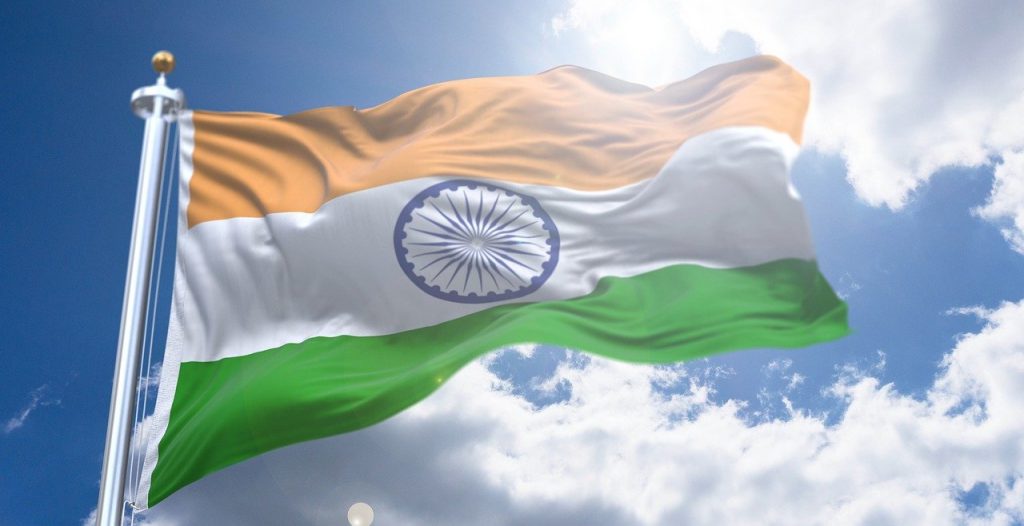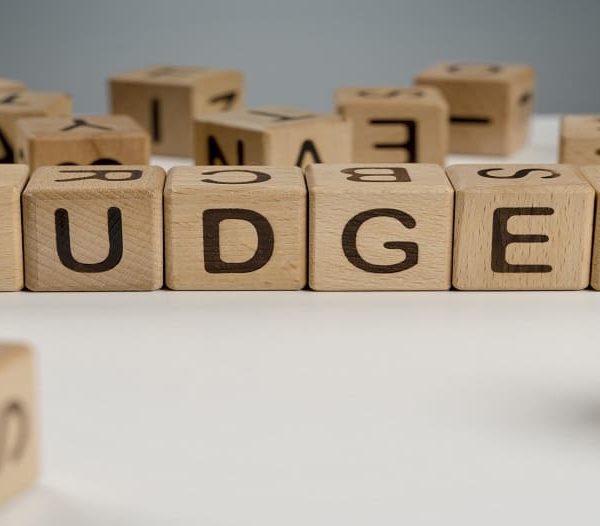Salient Features of the Indian Political System: Things to Know about the Indian Constitution

India, i.e Bharat, as stated in her constitution is a ‘Union of States’ and follows a democratic parliamentary system of governance. Naturally, the salient features of the Indian political system are varied. The well developed and fully evolved form of democracy that is witnessed today in India has taken a long span of time to be matured. It has seen both ups and downs but has managed to survive successfully.
You already know that there are many factors which worked for the success of India’s democracy and fundamental rights. But here in this article light will be on merely the most cardinal factors which directly helped India to preserve their democratic government in the last few decades.
In this article, you will get to know the features of the Indian political system.
Panchayat System
One of the salient features of the Indian political system, The Panchayat system of ancient India helps the people of India to cope with the culture of democracy. Panchayat means a council of five and it usually refers to a village council which may or may not have five members- which has a great deal to say about the life of people of the village in social, religious, economic and political matters.
Officially speaking, the panchayat is today the lowest and in a sense the most basic- unit of self-government in India. Today, there exists a three-tier Panchayat System in India, gram panchayat at the village level, Panchayat Samiti at the block level and Zila Parishad at the district level.
Also Read: Know the Five Salient Features of Indian Constitution and Boost Your Daily Current Affairs for UPSC
Federalism
The second feature of the Indian political system is federalism. In India, the centre largely depends on the states for implementing many of public policies which encourages decentralization process. The term ‘federation’ has nowhere been used in the Constitution. Instead, Article 1 of the Constitution describes India as a ‘Union of States’.
The Constitution establishes a dual polity consisting of the Union at the Centre and the states at the periphery. Each is endowed with sovereign powers to be exercised in the field assigned to them respectively by the Constitution. The Constitution divided the powers between the Centre and the states in terms of the Union List, State List and Concurrent List in the Seventh Schedule. Both the Centre and the states can make laws on the subjects of the concurrent list, but in case of a conflict, the Central law prevails.
The residuary subjects (ie, which are not mentioned in any of the three lists) are given to the Centre. In this manner, federalism helps the Indians to handle the problems of multi-culture, multi-language and different religions successfully and strengthen the democracy of India.
Electoral Practice
India ensured the voting right of people of India by the Constitution of India which is the supreme law of the country. The framers of the Constitution of India described the election of India in Part XV, Articles 324 to 329 of the Constitution. The article 326 says that elections to the House of the People and to the Legislative Assemblies of States to be on the basis of adult suffrage.
Moreover, the Indian government or leaders always arrange the elections after the said tenure. In this approach people always get a chance to exercise their power or to choose their favourite candidate. Not only this but also the Indian government or leaders always showed due respect toward the verdict of the election. India always encouraged electoral practices and showed proper respect toward the verdict of the mass.
This thing increases the political awareness of the people and they realize that they have an important role to play in politics. So, it helps to boost the political participation of the people of India. Thus, since the independence of India, the participation of the people is always growing.
Also Read: Take a Tour Through the Parts, Schedules and Articles
Multi-Party System
India is known for its multi-party system. It is a crucial feature of the political system in India. There are many parties in India ranging from 6 National Political parties and more than 48 state parties and many registered regional parties. The multiparty system in India makes it unique in the world.
In the political system in India, one can find the rightist, centrist, leftist, regional, even local political parties to deal with political issues. In the 1990s there was a different kind of set up emerged in the national and state-level political parties which are called as Coalition Party system which is prevalent in 2014 national elections (coalition among NDA members such as Shiv Sena, BJP, RPI, LJP etc) and many state-level elections such as Maharashtra (a coalition between shiv Sena & BJP), J&K (a coalition between PDP & BJP).
The Political System in India
The political parties are not democratically elected and represented with the system of Indian politics. As the hierarchy system of kinship goes on its rightist, leftist, centrist or whosoever parties it is. E.g. Within congress domination of Nehru-Gandhi Family, Yadav’s domination in Samajwadi Party, RJD, In BJP L.K. Advani & A. B. Bajpayee etc. These political parties are established basically on the similar ideologies of Roti, Kapada, Makan, Bijli, Pani etc i.e. Food, clothes, house, Water, electricity etc.
The Constitution of India
The Constitution is not only a written document but also the lengthiest Constitution of the world. Originally, it contained a Preamble, 395 Articles (divided into 22 Parts) and 8 Schedules. At present, it the Preamble of the Indian constitution consists about 465 Articles (divided into 25 Parts) and 12 Schedules.
It specifies the structure, organisation, powers and functions of both the Central and state governments and prescribes the limits within which they must operate. Thus, it avoids the misunderstandings and disagreements between the two.
This constitution clearly describes the nature of the Republic, the organization and powers and mutual relations of the Centre and the States, the Fundamental Rights of the citizens (Articles: 13 to 35), the directive principles of State policy (Articles: 36 to 51), and so on. This constitution spells out almost all the pros and cons of functions of the country.
Independence of Supreme Court
At present, the independence of Judiciary is considered a crucial feature of the democratic country. According to the constitution, the Supreme Court of India was to consist of a Chief Justice and not more than seven other judges. The Supreme Court of India has gained a respectable position in the Indian political system. Its many decisions and interpretation have been played a great role in maintaining the stability of democracy in India.
Many of its most important judgments on constitutional issues have related to the interpretation of Article 14, guaranteeing equality before the law, Article 19, guaranteeing important freedoms to the individual, and Article 31, regarding property rights.
Therefore, without any doubt, we can say that the Indian Supreme Court performs its role as perfect guardian of the country and guide them all democratic institutions in the right path of democracy to enhance the stability of democracy in India.
Also Read: Check-out The Fundamental Rights & Directive Principles in the Indian Constitution
Loyalty of Military to Government
In maintaining a democratic system of government intact in India the loyalty of the military toward the government plays a cardinal role. Because most of the states in the third world, in-fact more than two-thirds of these states have experienced military intervention already and many more are likely to do so in the near future.
But in the formidable period, India as a new democratic state never taken over by their military which undoubtedly strengthens the democracy of India. Besides this, all the military barracks of India are situated in the border regions, because of this thing the Indian military could not easily intervene in the political issues of the country.
Hence Indian military is in heir from the British military, it is always loyal to the government alike to the British military to the crown. Subsequently being originated from the British military the Indian military bears the strong culture of discipline and obedience. This culture guides the Indian military to perform their prime role and duty which increase the development of democracy in India.
Conclusion
From the features of Indian political system, we can see that in spite a developing state and having many challenges like overpopulation, poverty, multi-languages, multi-religion, multi-tribes, multi-culture, corruption etc if India could uphold their democracy in their own way and standing tall as an icon of influential democracy then any developing nation could also anticipate for a sustainable democracy.
To make that feasible they just need to follow the democratization process of India which is also not a very hard thing to do. Finally, we can say after understanding the features of the Indian political system that democracy is a continuous process which is not possible to accomplish entirely. Therefore, India is still functioning on their democratization process and the same way every country should also strive for the development as much as they could.







Good but written constitution is not part of the politics I m asking about the features of politics
Knowing about the Indian Political System becomes important for the UPSC aspiration.
Thank you for providing a detailed blog about the Indian Political System, as it is very important in the exam, can you also help with information about books?